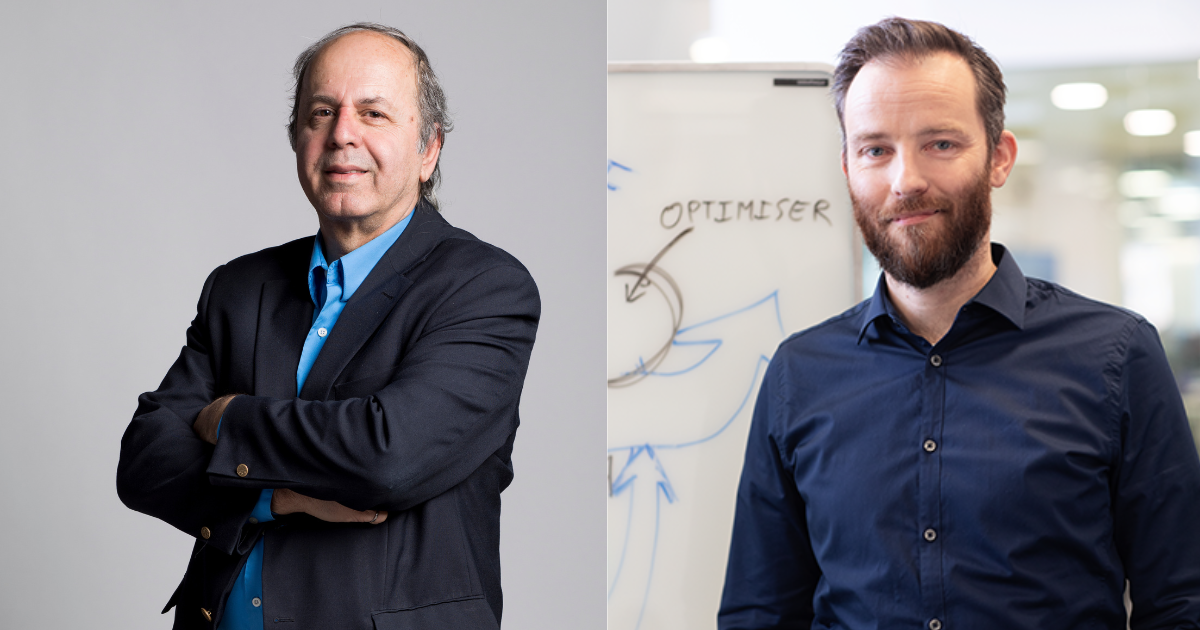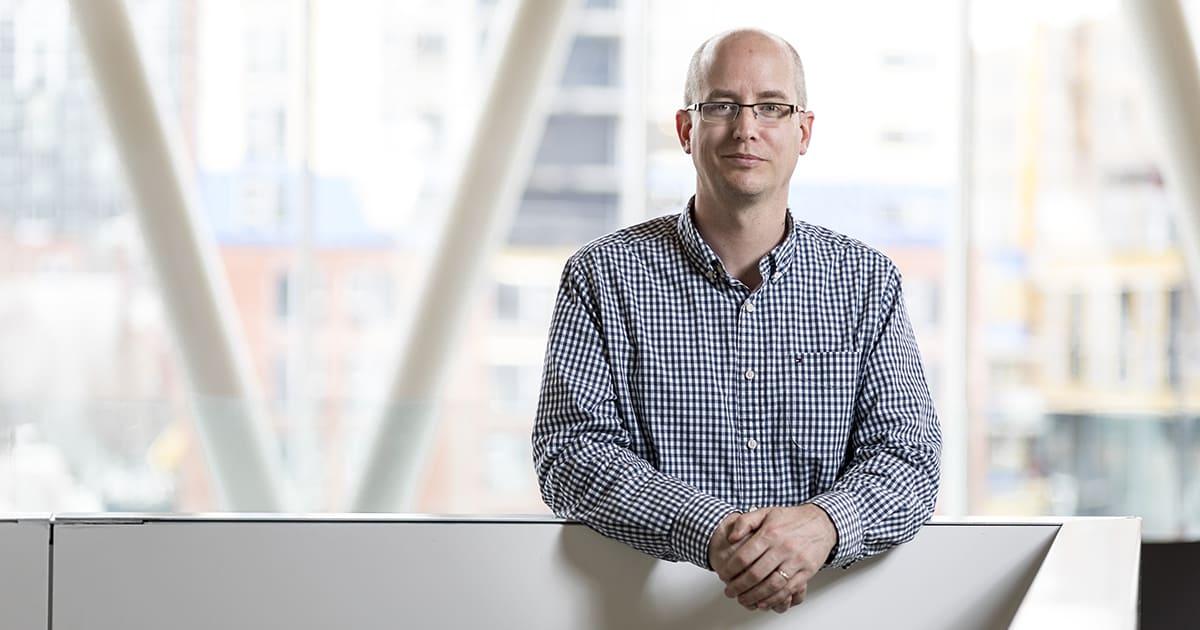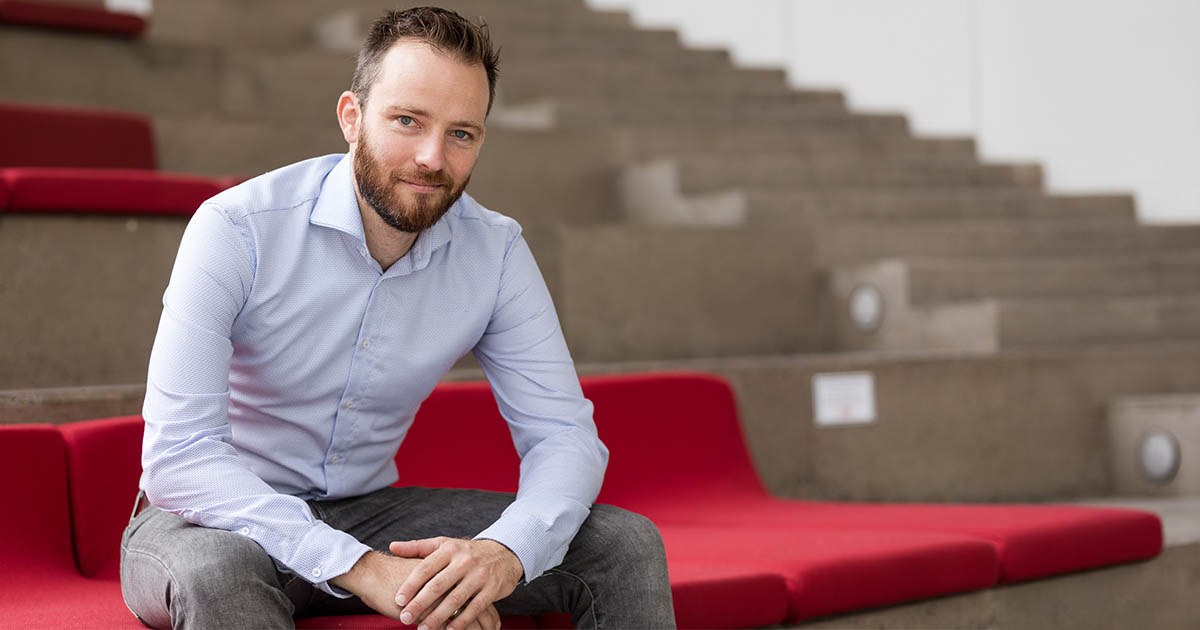
As in most Western societies, Québec and Canada are home to a growing number of elderly people. This group is known to be more frequently injured in accidents involving the spinal column. To better understand these injuries and how to prevent them, Marie-Hélène Beauséjour, Professor in the ÉTS Systems Engineering Department and Researcher at CIUSSS-NîM, is developing a digital model better adapted to more vulnerable people.
Traumatic spinal cord injuries can have significant repercussions on those afflicted, and profound impacts on society. In Canada, care for victims of spinal cord injuries with neurological consequences costs between $1.47 million to $3.03 million per person.
Currently, numerical models used to assess these injuries are not adapted to the characteristics of women or the elderly. The data on these target groups are basic scale-ups that do not provide an in-depth understanding of the mechanisms behind the trauma.
“Historically, our data come from the military and sports worlds, so it’s based on healthy, young men,” says Professor Beauséjour. “There’s a great need for more information on women and the elderly.”
Developing Adapted Models
This is precisely what Marie-Hélène Beauséjour is working on in her laboratory. The researcher is working on finite element modelling (FEM), i.e. numerical models that are virtual copies of different skeletal elements or organs. As access to human bodies is more difficult, this method has the advantage of reproducing mechanisms faithfully and accurately.
“We’re interested in pinpointing which part of the bone will break, for example, at what force and at what speed,” explains the professor, who is specifically interested in vertebral osteophytes. These growths found in the joints are especially common in elderly people suffering from osteoarthritis.

At Hôpital du Sacré-Cœur-de-Montréal, where she works, Marie-Hélène Beauséjour noticed that many trauma patients are elderly people who fell from their own height. “Osteoarthritis and, consequently osteophytes, can have an impact on the type and location of injury following an accident,” she says.
At present, science cannot yet define whether these spinal deformations are beneficial or harmful. A student in Marie-Hélène Beauséjour’s team is seeking to identify the types of tissue they are composed of and will carry out mechanical tests to integrate them into the digital model.
Other factors defining the type of trauma must also be taken into account, such as posture or speed at the time of the accident, of course, but also bone density and muscular system. For example, the intervertebral discs of a man and an elderly person do not react the same way, which puts the latter at a greater risk of having an accident,” adds the researcher. “We try to build the model that is most representative of the person.”
Towards More Inclusive Safety
This work is proving useful in designing better protective equipment, particularly in cars. Here again, most studies in women’s safety in the automotive industry are based on male morphology.
“At present, our safety systems are designed for a person in perfect health,” points out Marie-Hélène Beauséjour. “When we build a bridge, we have to follow certain safety criteria to ensure it never collapses. In the same way, we have to think first of the most vulnerable person who will be driving the car.”

When involved in a road accident, women are 47% to 71% more likely to sustain injuries in the same accident. “This is because of more rapid muscle degeneration due to menopause and a greater flexibility, which explains the famous whiplash injury,” she adds. Choice of materials and headrest design, for example, should be made to suit a wider range of morphologies in order to provide customized shock absorption.
Ultimately, the researcher hopes that her work will also enable the design of surgical tools and treatments better suited to women and the elderly. The implications of Marie-Hélène Beauséjour’s research program are far more reaching and could contribute to improving care strategies.



